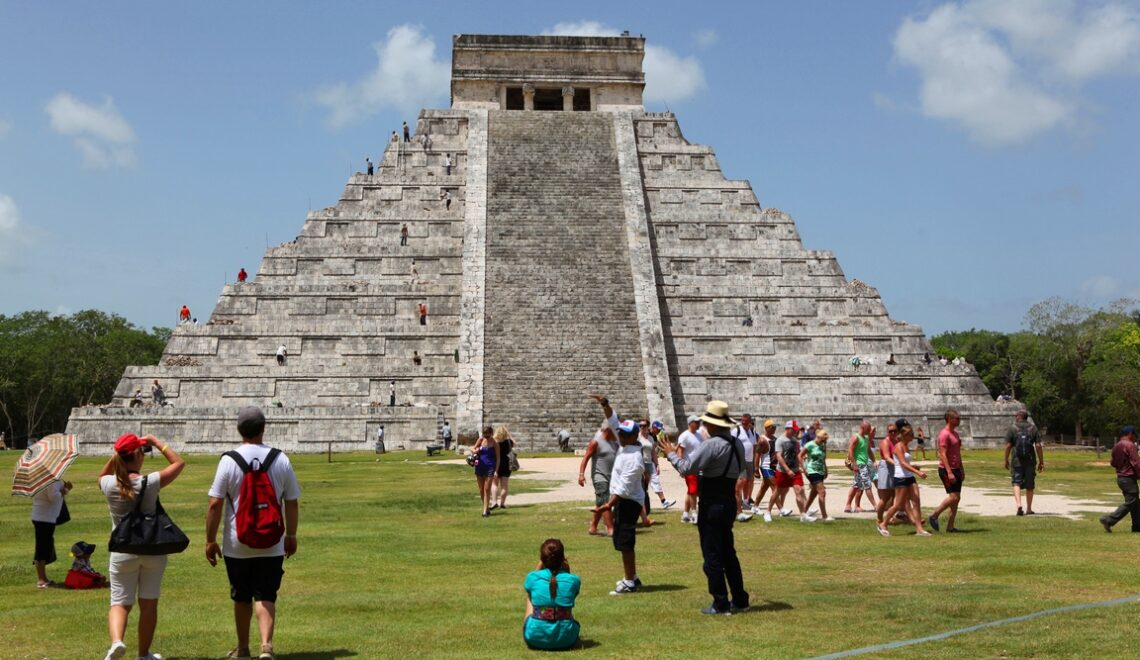
In January, Peru recovered more than two hundred pre-Hispanic archaeological objects - ceramics, sculptures, textiles and indigenous art - from collectors and institutions in several countries. A few weeks earlier, forty-one archaeological pieces had been returned to Mexico by New Mexico (USA) and eleven pre-Columbian objects repatriated from Italy to Peru.
Some of these objects are over 2,000 years old. The oldest - a textile from the Nazca culture from Germany - dates back to 200 BC.
The objects were returned to Peru by private collectors and institutions in the United States, Germany, Belgium, Canada and Spain. These institutions include the Santa Barbara Museum of Natural History in California, the F.C. Gundlach Foundation in Germany and the Belgian auction house Booneshares.
While most were returned voluntarily, in some cases the return was also the result of the collective work of the Ministries of Foreign Affairs, Culture, the Interior, the Public Prosecutor's Office and Interpol, officials said.
"Many left the country as a result of illegal trafficking", said Peru's Deputy Minister for Cultural Heritage, Haydee Rosas. "I would like to take this opportunity to thank the citizens and organisations of Germany, Belgium, Canada, Spain and the United States who are aware of the damage caused by the illicit trafficking of cultural goods and who are supporting our efforts to recover our cultural heritage, added Ignacio Higueras, Peru's Deputy Minister of Foreign Affairs, at the ceremony.
Among the objects were two 'quipos' - knotted ropes used as an accounting system - lithic objects (including club heads) and dozens of sculptures from the Inca culture, an empire that dominated what is now Andean Peru from the 13th century until the arrival of the Spanish. Artefacts from other indigenous civilisations were also returned, including fragments of Chancay textiles and Chimu metalwork, as well as ceramic pieces from the Lambayeque and Nazca cultures.
The return of the objects to Peru is part of the country's efforts to recover historical artefacts that were smuggled out of the country or kept for decades in international museums. Around 840 pieces have been repatriated in the last two years, said Haydee Rosas.
Preserving cultural roots: a global movement
The return of archaeological objects to Peru and Mexico is evidence of a growing worldwide commitment to preserving the cultural heritage of indigenous peoples. These actions reflect a growing awareness and recognition of the intrinsic value of cultural artefacts, not simply as objects of aesthetic or monetary value, but as irreplaceable keys to understanding past civilisations.
The repatriation to Mexico and the return of the eleven pre-Columbian objects to Peru, (following an investigation by the carabinieri of the Rome unit), are important steps in repairing the historical wrongs caused by cultural appropriation and theft. Mexico, which has recovered 8,970 pre-Hispanic objects since the López Obrador government came to power in December 2018, regularly opposes the auctioning of objects from the Mesoamerican cultures that have marked its territory and forged Mexican roots over the centuries.
These repatriations come at a time when Latin America is increasingly demanding the return of its heritage, which is often stolen and illegally exported. Countries in the region, including Mexico and Peru, are stepping up their efforts to recover their cultural heritage, challenging auctions of objects belonging to their heritage in major cities around the world. The proactive attitude of these nations, supported by international legal frameworks and bilateral agreements, signals a move towards more robust protection and valuation of cultural property. Each repatriated object helps to retrace the history of ancient civilisations, their social structures, their religious practices and their daily lives. By recovering these objects, these countries are not only recovering elements of their past. They are also reaffirming their identity and showcasing their rich cultural heritage to the world.
These latest returns are part of a wider movement to respect and preserve the cultural and historical identities of peoples, particularly in a region as culturally rich and diverse as Latin America.
In addition, the return of these objects has a deterrent effect on the illicit trade in cultural goods. It sends a clear message to collectors and institutions around the world about the importance of provenance and the moral imperative of returning cultural objects to their rightful owners.
Text and Photos : Brigitte Postel




